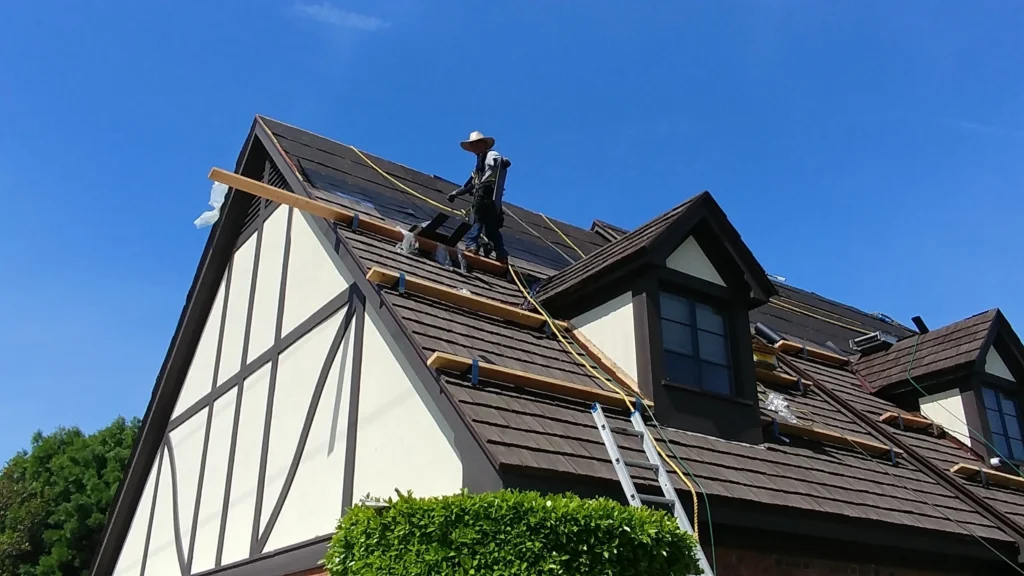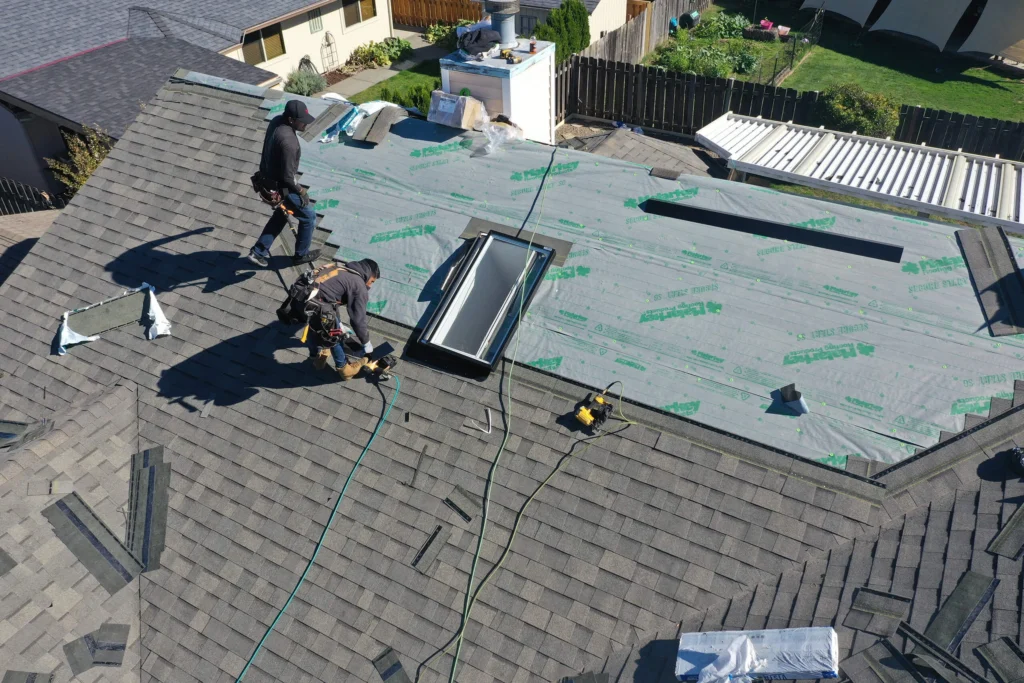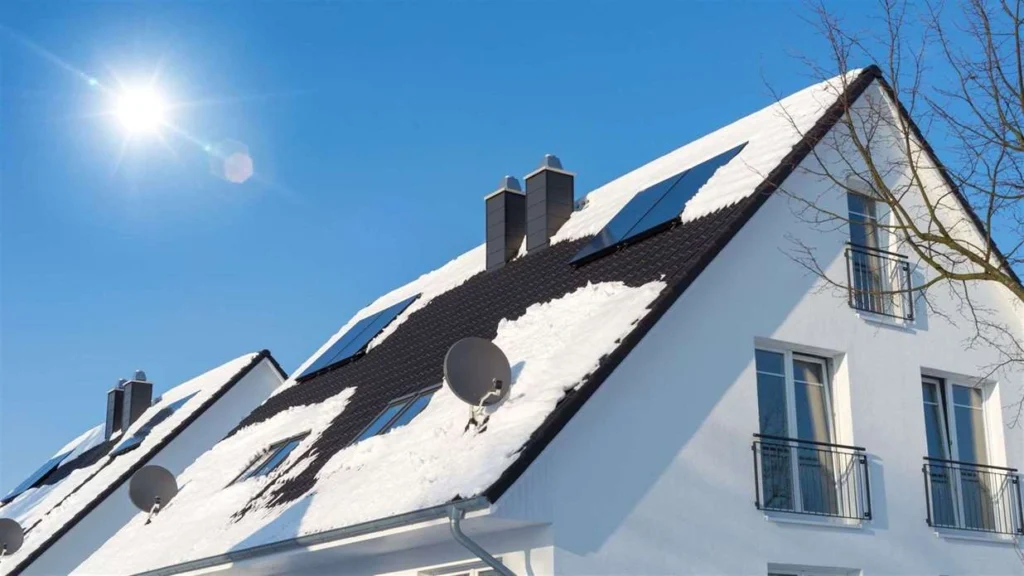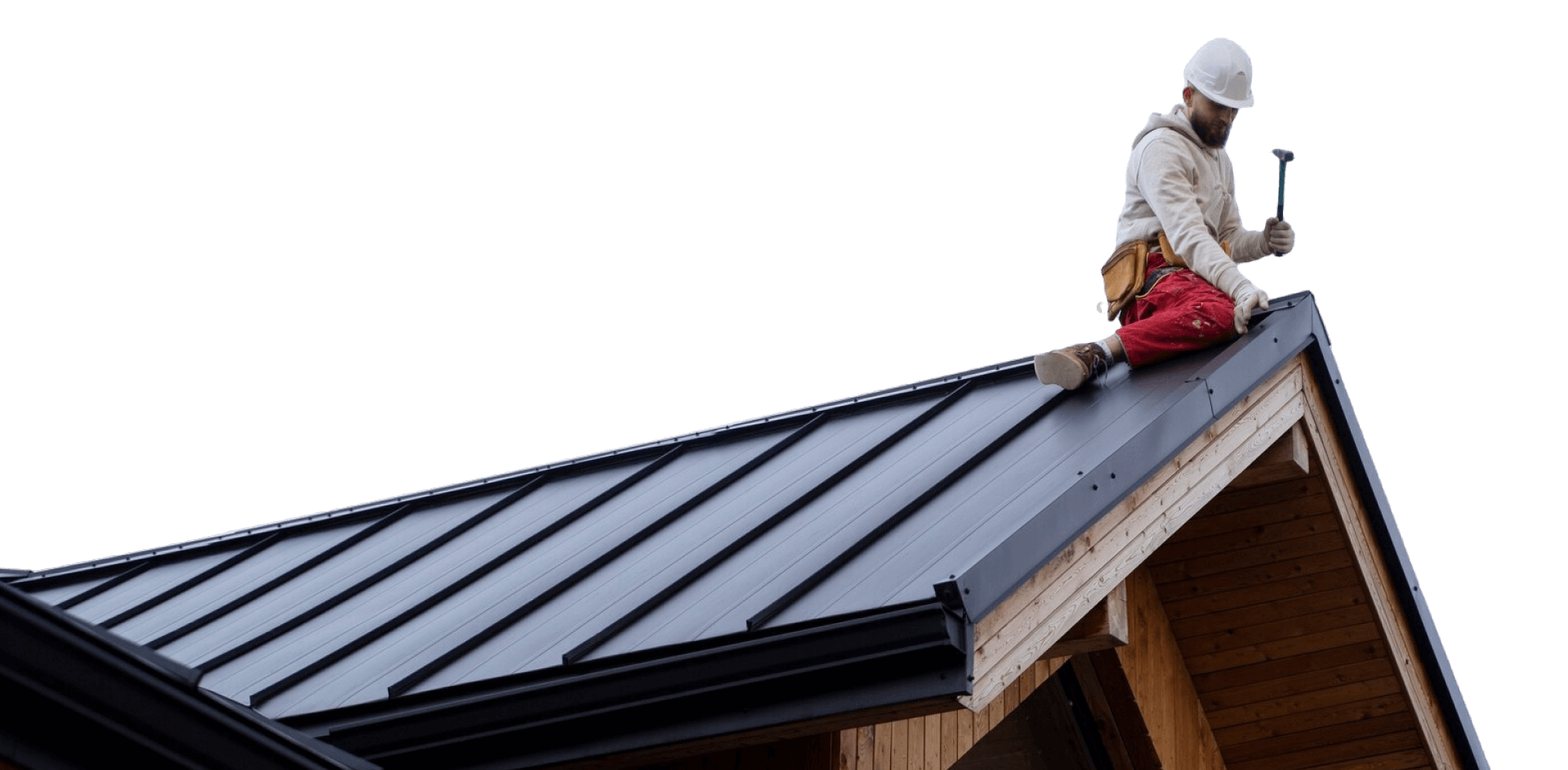When it comes to roof replacements, winter is often overlooked due to the assumption that cold weather makes the process difficult or impossible. But is it really out of the question? Can you replace a roof in the winter? The answer is yes—under the right conditions and with the help of experienced professionals. In this article, we’ll explore the pros and cons of winter roofing, the best times for roof replacement, and how Proper Roofing in Burnaby can assist you with reliable, high-quality roofing services.
Advantages of Installing a New Roof During Winter

Faster Scheduling and Availability
Winter is typically the off-season for roofing projects, as most homeowners prefer to schedule repairs or replacements during warmer months. This decreased demand translates to greater contractor availability, making it easier to schedule a project at a time that suits you. Unlike peak seasons when roofing companies are booked out weeks or months in advance, winter roofing projects can often be completed promptly, allowing you to address roofing issues without unnecessary delays.
Potential Cost Savings
Another significant advantage of replacing your roof in winter is the potential for cost savings. With fewer homeowners requesting roofing services, many contractors offer seasonal discounts to keep their teams busy during the colder months. These reduced labor costs and occasional deals on materials can help you complete your project within budget, making winter an economically savvy choice for roof replacement.
Immediate Protection
A damaged roof during winter can expose your home to severe weather elements, such as snow, ice, and freezing rain. This can lead to leaks, structural damage, and higher heating costs. Replacing your roof promptly during the winter months ensures immediate protection against the elements, preventing further damage and safeguarding your home’s interior. This proactive approach helps maintain your home’s value and comfort even in harsh conditions.
Challenges of Installing a New Roof During Winter
Material Performance Issues
Cold temperatures can affect the performance and handling of roofing materials. For example, asphalt shingles become brittle in freezing weather, making them more prone to cracking during installation. Adhesives used in roofing may also take longer to set or fail to bond correctly in low temperatures. Roofing contractors must use specialized techniques and tools to ensure proper installation and avoid issues stemming from material rigidity.
Weather-Related Delays
Winter weather is notoriously unpredictable. Snowstorms, freezing rain, or icy conditions can delay or temporarily halt roofing projects. Contractors need to prioritize safety and may reschedule work when weather conditions are too hazardous. These delays can extend project timelines, so homeowners should be prepared for potential interruptions when planning a winter roof replacement.
Safety Concerns
Winter roofing projects present unique safety challenges. Snow and ice create slippery surfaces, increasing the risk of accidents for workers. Roofers must take extra precautions, such as using fall protection systems, clearing snow and ice from the work area, and wearing insulated gear to stay warm. These safety measures are essential to minimize risks but may add time to the overall project.
Limited Material Options
Not all roofing materials are suitable for cold-weather installation. Some materials, such as certain types of shingles, are less flexible and more challenging to work with in freezing conditions. Homeowners may need to consult with their contractors to select materials specifically designed for winter installation, which could limit their options compared to warmer months.
What Time of Year Is Best to Replace a Roof?
Spring and fall are widely considered the best seasons for roof replacement due to moderate temperatures and stable weather conditions. These seasons offer ideal working conditions for contractors and optimal performance for most roofing materials. However, if your roof requires urgent attention, winter can still be a viable option with proper planning and the assistance of an experienced roofing team.
What Temperature Is Too Cold to Put on a Roof?
Roofing materials generally perform best at temperatures above 10°C (50°F). Below this temperature, shingles can become harder to work with, and adhesives may not cure correctly, leading to potential long-term issues. Contractors often use specialized equipment, such as heaters or warming blankets, to maintain material flexibility and ensure proper bonding during cold-weather installations.
Can You Coat a Roof in the Winter?
Yes, it is possible to coat a roof in the winter, but it requires the right products and techniques. Polymer-modified coatings and ice and water protectors are specifically designed for cold-weather applications, offering enhanced durability and protection against water infiltration. These coatings can be a great way to extend the life of your roof or add an extra layer of defense against winter elements.
Considerations for Cold-Weather Roofing
Proper Storage of Materials
To ensure materials remain in optimal condition, they should be stored in a controlled environment at recommended temperatures. Keeping materials dry and warm before installation can prevent issues like brittleness or improper adhesion.
Use of Specialized Products
Winter roofing projects benefit from materials tailored for cold weather. For example, polymer-modified shingles offer increased flexibility, while ice and water shields provide additional protection against leaks. Selecting the right products is essential for a successful winter roofing project.
Safety Measures
Safety is paramount during winter roofing. Contractors must clear snow and ice from the work area and use proper equipment to reduce risks. Wearing insulated clothing and ensuring workers take regular breaks in a warm environment can also help maintain safety and productivity.
Proper Roofing is well-versed in handling winter roofing challenges for Burnaby residents. With a team of experienced professionals and access to specialized materials, we ensure your roofing project is completed safely and efficiently, no matter the season. Our commitment to quality and customer satisfaction makes us the top choice for Burnaby roofing services.
Proper Roofing: The Best Roof Repair Expert in Burnaby
At Proper Roofing, we understand the unique challenges of winter roofing in Burnaby and the Lower Mainland. Our team of skilled Roof Repair Burnaby professionals is equipped to handle roofing projects year-round, providing exceptional service and lasting results. Whether you need a roof replacement or repair, we use top-quality materials and proven techniques to ensure your home remains protected and energy-efficient, even during the harshest winters.

Conclusion
Winter roof replacement is not only possible but can also offer benefits like quicker scheduling and potential cost savings. However, the process requires specialized knowledge, the right materials, and a focus on safety. With Proper Roofing, Burnaby residents can rest assured that their roofing needs will be met efficiently and professionally, no matter the season.
Don’t let a damaged roof compromise your home this winter! Contact Proper Roofing today for expert roofing services tailored to Burnaby residents. Whether you need repairs, replacements, or consultations, we’re here to help. Visit our website to learn more about our offerings or call us for a free estimate. Trust Proper Roofing to protect your home and your peace of mind. Get in touch now and let’s prepare your roof for every season!
Check out our social media pages below:
Here are other related articles about roofing for you:
What Is Roof Coating Used for?


